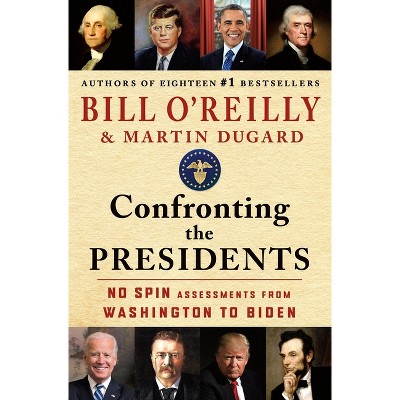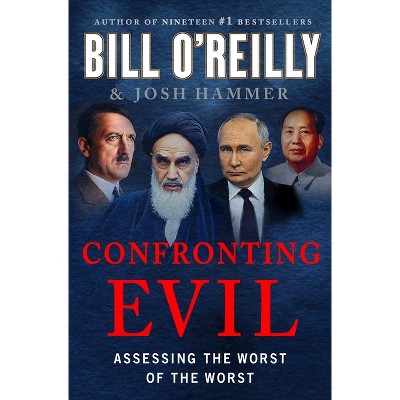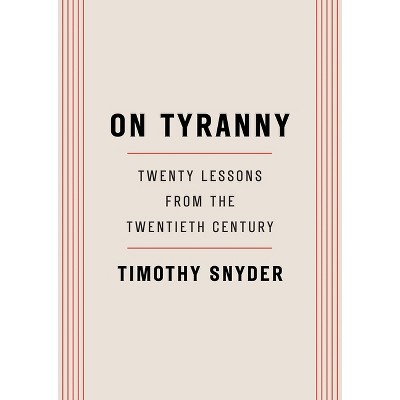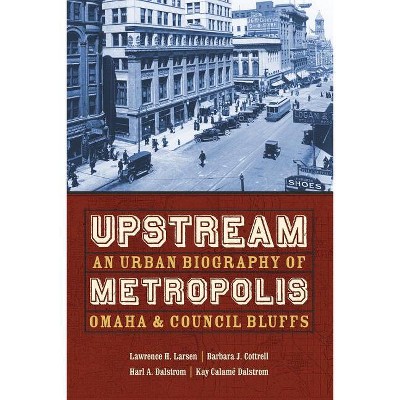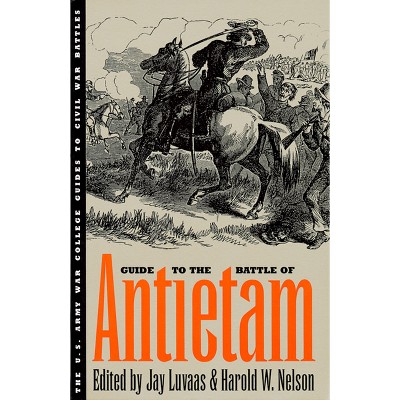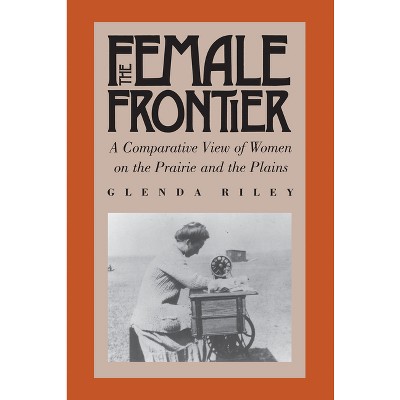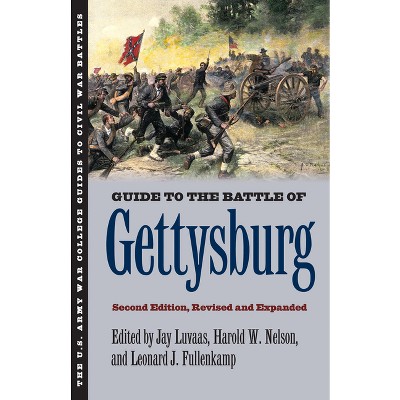The Urban West at the End of the Frontier - by Lawrence Harold Larsen (Paperback)

About this item
Highlights
- Historians have largely ignored the western city; although a number of specialized studies have appeared in recent years, this volume is the first to assess the importance of the urban frontier in broad fashion.
- Author(s): Lawrence Harold Larsen
- 188 Pages
- History, United States
Description
Book Synopsis
Historians have largely ignored the western city; although a number of specialized studies have appeared in recent years, this volume is the first to assess the importance of the urban frontier in broad fashion. Lawrence H. Larsen studies the process of urbanization as it occurred in twenty-four major frontier towns. Cities examined are Kansas City, St. Joseph, Lincoln, Omaha, Atchison, Lawrence, Leavenworth, Topeka, Austin, Dallas, Galveston, Houston, San Antonio, Denver, Leadville, Salt Lake city, Virginia City, Portland, Los Angeles, Oakland, Sacramento, San Francisco, San Jose, and Stockton. Larsen bases his analysis of western cities and their problems on social statistics obtained from the 1880 United States Census. This census is particularly important because it represents the first time that the federal government regarded the United States as an urban nation. The author is the first scholar to do a comprehensive investigation of this important source. This volume gives an accurate portrayal of western urban life. Here are promoters and urban planners crowding as many lots as possible into tracts in the middle of vast, uninhabited valleys. Here are streets clogged with filth because of inadequate sanitation systems; people crowded together in packed quarters with only fledgling police and fire services. Here, too, is the advance of nineteenth-century technology: gaslights, telephones, interurbans. Most important, this study dispels the misconceptions concerning the process of exploration, settlement, and growth of the urban west. City building in the American West, despite popular mythology, was not a response to geographic or climatic conditions. It was the extension of a process perfected earlier, the promotion and building of sites--no matter how undesirable--into successful localities. Uncontrolled capitalism led to disorderly development that reflected the abilities of individual entrepreneurs rather than most other factors. The result was the establishment of a society that mirrored and made the same mistakes as those made earlier in the rest of the country.Review Quotes
"The strength of [Larsen's] book lies in his concrete descriptions of urban activities and institutions in the twenty-four western cities above eight thousand in population."--American Historical Review
"Larsen may now have written all that needs to be said on this subject."--California History
"Urban culture moved from east to west, and little cultural baggage was lost in the journey. Larsen makes this clear, and by doing so further illuminates the nature of the American urban experience."--Pacific Historical Review
"Larsen presents an informative essay on the application of technology to the city that nearly condenses a large amount of data on the telephone, street lightning, transportation, and public works--all clearly arranged and explicated."--Journal of American History
This brief but instructive volume deserves attention from students of the American West. It contains much information and insight, and it reads well. It should also inspire more studies of the urban frontier."--Western Historical Quarterly
"The appeal of this book is broad, and it is a fine addition to the scholarship on the West."--Library Journal
"An informative introduction to some of the day-to-day problems faced by western city dwellers a century ago"--Wisconsin Magazine of History
Shipping details
Return details
Trending History
